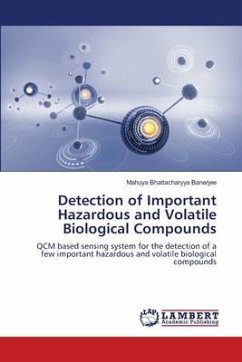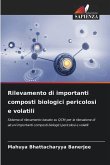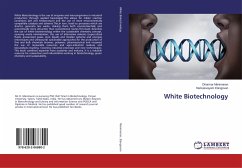MIP has sparked a lot of interest in the field of sensors in recent years due to their unique properties such as robustness, many binding sites, low cost, ease of preparation, and high stability. The Quartz Crystal Microbalance (QCM), on the other hand, is an ideal transducer element for measuring minute mass changes on the sensor's surface. QCM sensors are useful and convenient monitoring tools due to their specificity, sensitivity, high accuracy, stability, and reproducibility. As a result, combining a QCM with MIPs as synthetic receptors increases sensitivity to the target analyte. Here, the design and development of a low-cost microcontroller operated portable gas sensing system with a QCM sensor is presented and using MIP technique with different polymer matrices, the selective detection of aromatic hydrocarbons, eugenol and carvacrol are elucidated. The molecularly imprinted polymer structure and surface morphology were analyzed by FTIR spectroscope, SEM and AFM. Validationof the proposed sensors with real samples has been performed by (I) correlating the frequency deviation of the sensor with the estimations obtained from gas chromatography and (II) Data analysis.
Bitte wählen Sie Ihr Anliegen aus.
Rechnungen
Retourenschein anfordern
Bestellstatus
Storno








